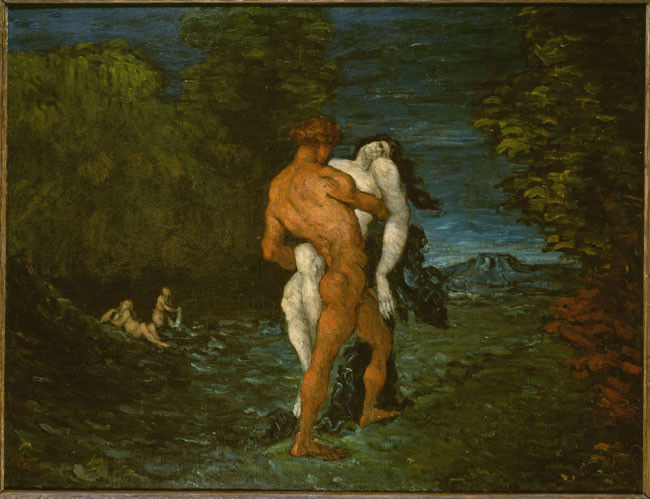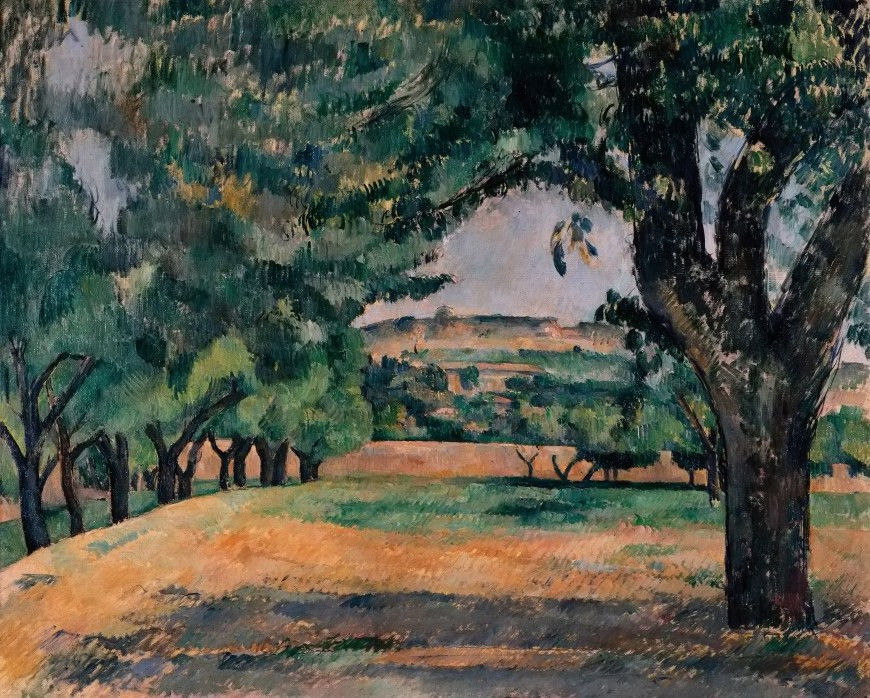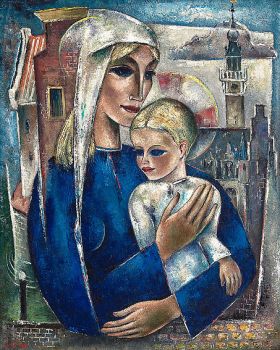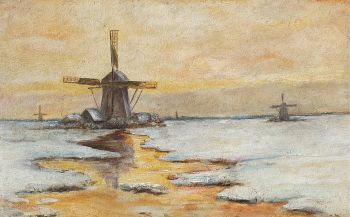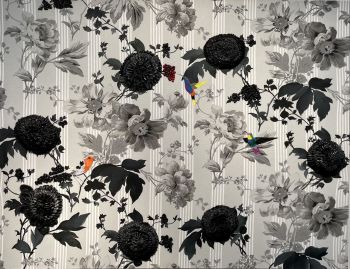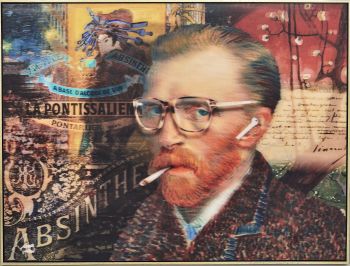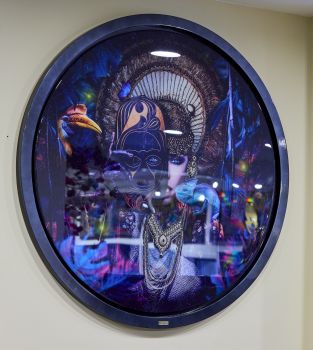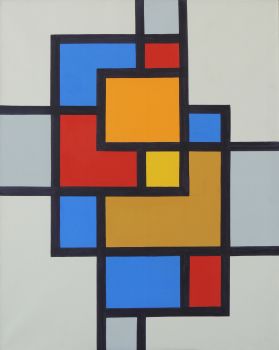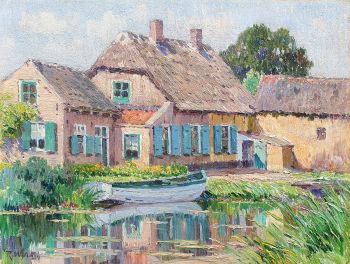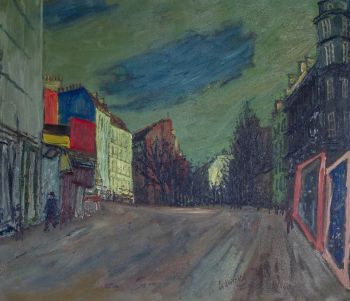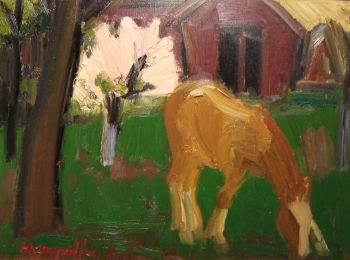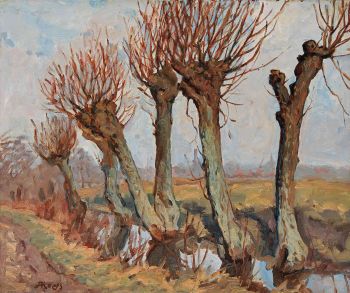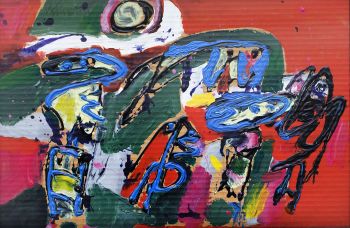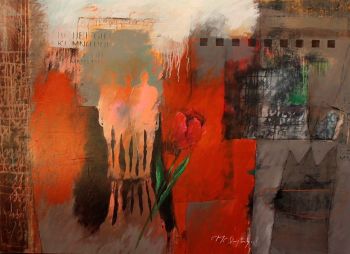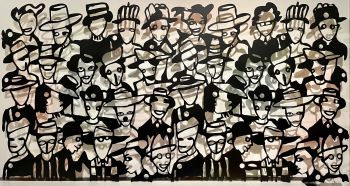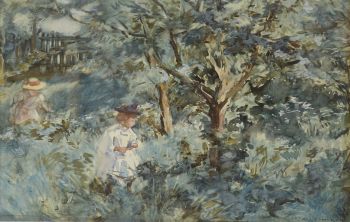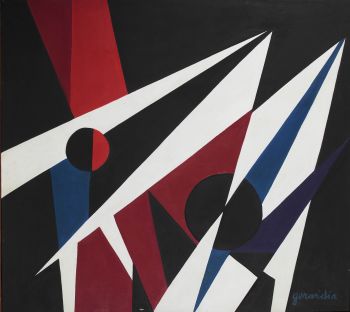Paul Cézanne’s Paysage avec Moulin
Paysage avec Moulin (ca. 1860), is a truly remarkable piece, possibly be the first oil painting ever made by Paul Cézanne (1839-1906).
The work provides a picturesque view of a watermill in a wooded landscape with a shepherd and some sheep in the foreground, a pastoral scene reminiscent of Dutch Masters like Ruisdael and Hobbema.
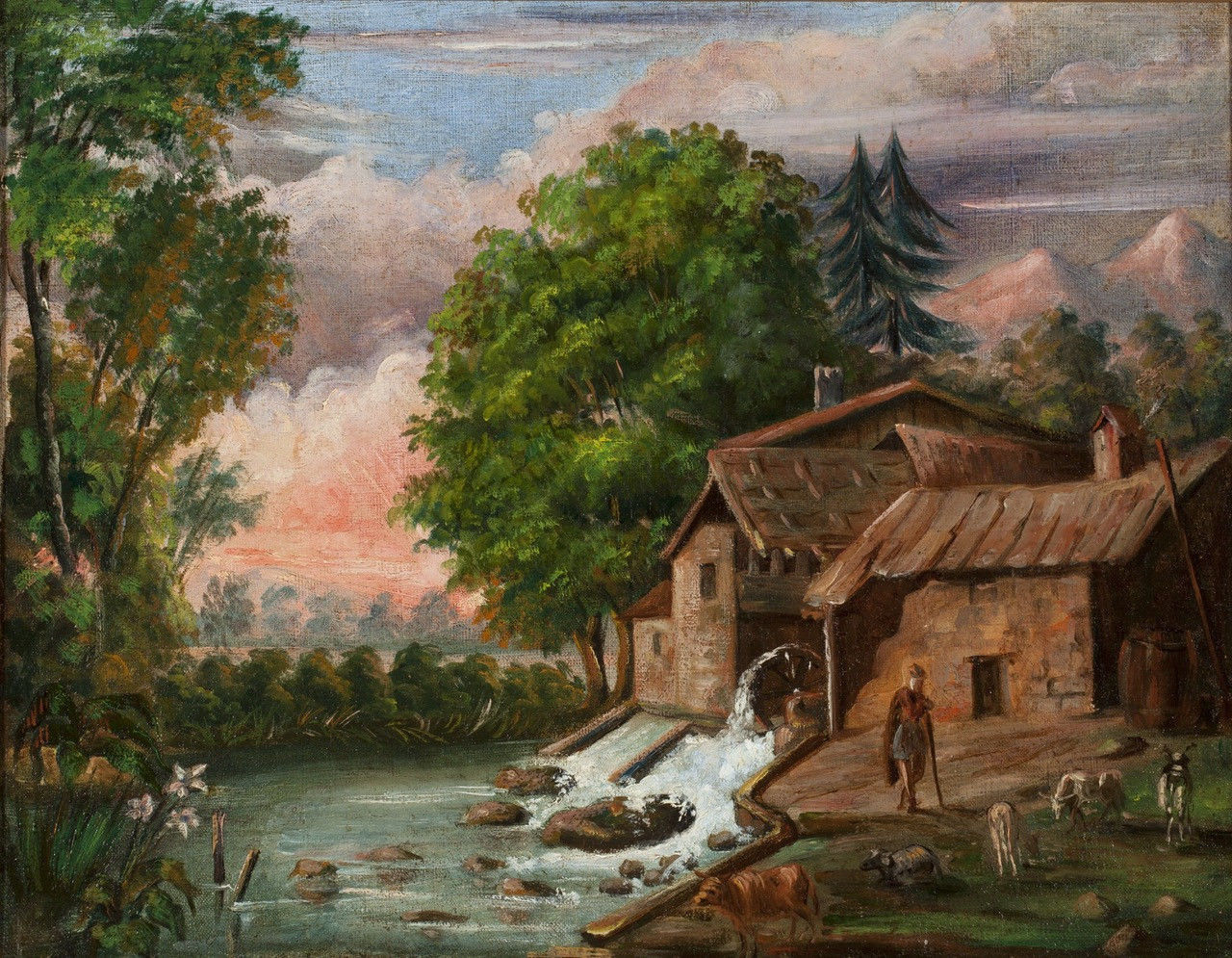
Fig 1. Paul Cézanne, Paysage au Moulin ca 1860
It is quite possible that the picture was painted in Aix-en-Provence, where Paul Cézanne lived during his youth and had his first drawing lessons. The mountains in the background were perhaps derived from Cézanne’s native village Saint Saveur in the Hautes Alpes...
The serene subject matter of Paysage avec Moulin contrasts sharply with Cézanne’s more violent and sinister works that he created some years later, after moving to Paris in 1861. Between 1864 and 1869 his paintings depicted themes of kidnapping, rape, and murder.
The Abduction (1867, fig. 2), for example, shows an idealized male nude, holding a nude woman in his arms.
It is generally believed that it refers to the abduction of Proserpine by Pluto, described in Ovid’s Metamorphoses. In line with the crude theme, the painting is rendered in a dark palette of greens, browns, and blues.
Fig. 2- Paul Cézanne, The Abduction, 1867. Oil on canvas, 88 x 170 cm.
In 1872, Cézanne started painting landscapes in Pontoise and the nearby town of Auvers, at the suggestion of his friend Camille Pissarro.
From this period onwards, Cézanne began to abandon dark colours, while his subjects revealed a tendency towards abstractness. This is exemplified in his work Environs du Jas de Bouffan (fig. 3), painted around 1885 to 1887 in Provence, where the reclusive artist settled in the early 1880s. The charming scenery shows a large foreground tree to the right and a line of smaller trees to the left, framing a distant view of the lovely Provence countryside in the center.
Fig. 3 -Paul Cézanne, Environs du Jas de Bouffan, 1885 or 1887.
Solomon R. Guggenheim Museum, New York, Thannhauser Collection,
Bequest, Hilde Thannhauser, 1991.
This painting is related to Paysage avec Moulin, in terms of the rural subject matter and the colours. Just like Cézanne’s earlier work, Environs du Jas de Bouffan was executed in browns, greens, and violets.
However, the romantic shepherd and watermill have disappeared, giving way to a more prosaic representation of nature. While Paysage avec Moulin is rendered in a slightly naturalistic style, the landscape in Environs du Jas de Bouffan verges on the border of abstraction. Look, for example, at the leaves of the tree in the foreground whose individual forms are hardly discernible, merging into a myriad of various green colours, and even fuse with the purple sky to the right. Here, Cézanne’s shows his mature style, already foreshadowed, more or less, by Payasage avec Moulin.
See for more oilpaintings also our collection at Gallerease!


